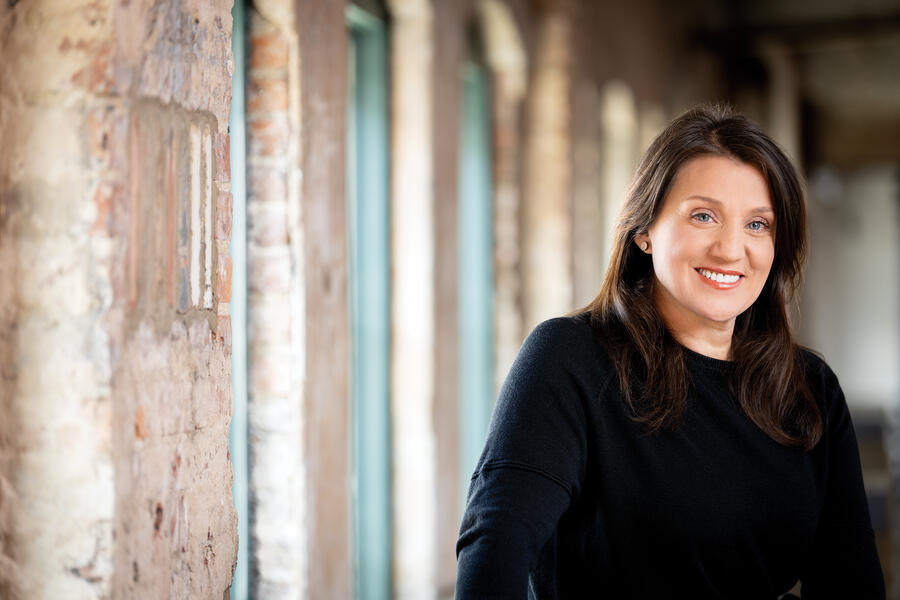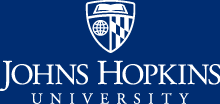LifeStraw CEO Alison Hill, BSPH '08 (MPH), Bus '08 (MBA), grew up in the Appalachian Mountains of North Carolina, in a family deeply committed to improving the lives of others. Her parents, a doctor and a pediatric nurse practitioner, delivered medical care to underserved rural families. Hill aspired to follow in their footsteps.
Four years of working in HIV clinics in Zambia after college changed those plans. Despite her and her colleagues' best efforts, more HIV patients kept coming through their doors.
"We weren't solving the larger problem," Hill recalls. "You can bring in as many doctors and nurses as you want, but until you have effective health systems, it's not going to change the future on a population basis."
Unpredictable and inconsistent grants—the prevailing funding source of nongovernmental organizations like hers—were the root of the problem. Scaling the impact of public health programs requires stable and sustainable financial resources, Hill realized, but most medical and public health professionals aren't trained to develop them.
Hill resolved to gain that skill set at Johns Hopkins, where she met Teaching Professor Larry Aronhime.
"He would push me in a really hard but productive way to understand that you can't just solve a problem with good intentions," she recalls. "You have to bring structure and thought and metrics behind it."
She brought that perspective to Switzerland-based Vestergaard, where she developed a retail business around the company's LifeStraw product. Co-developed by Vestergaard and the Carter Center, LifeStraw began as a straw-shaped mesh water filter designed to stem the spread of Guinea worm disease in Africa and Asia. Vestergaard further developed LifeStraw's technology to remove other contaminants from drinking water. When Hill joined the company in 2009, LifeStraw was mainly used for humanitarian causes, but Hill saw bigger potential.
"I grew up an outdoors person, doing lots of hiking on the Appalachian Trail. I had friends and family who were interested in LifeStraw as a backup [water source] or to use on the trail for hiking," she says.
She turned that train of thought into a retail business plan, positioning LifeStraw as a consumer product for recreation and emergency preparedness. Its revenue would provide a stable source of funding for Vestergaard's efforts to bring clean drinking water to schools worldwide.
Since 2017, the LifeStraw brand has seen a 30% compounded annual growth rate. And, as of 2023, LifeStraw had reached more than 3,455 international schools and provided more than 9.7 million children worldwide with a year of safe water.
Hill hopes that LifeStraw's commercial and altruistic success serves as a model for other companies wanting to improve lives around the world.
"Traditional CEOs assume that ESG [environmental, social, and corporate governance] programs are cost centers, but I think they're revenue, business, and loyalty drivers," she says. "The companies that will be around in 20 years get this. They understand that their responsibilities in the communities they work in go way beyond making products."
What she's reading: "Klara and the Sun. It's a fiction book about artificial intelligence and the future relationships between kids and AI friends. I think we're all looking at what AI is going to replace and what it's not. This is a look at what human interaction and human connection really mean."
Best advice for future female CEOs: "Get really comfortable with failure. You're never going to truly do something positive and disruptive, and to scale something, without failing a few times (in my case, failing a lot of times). "
Posted in Alumni
Tagged clean water, water safety, water scarcity








